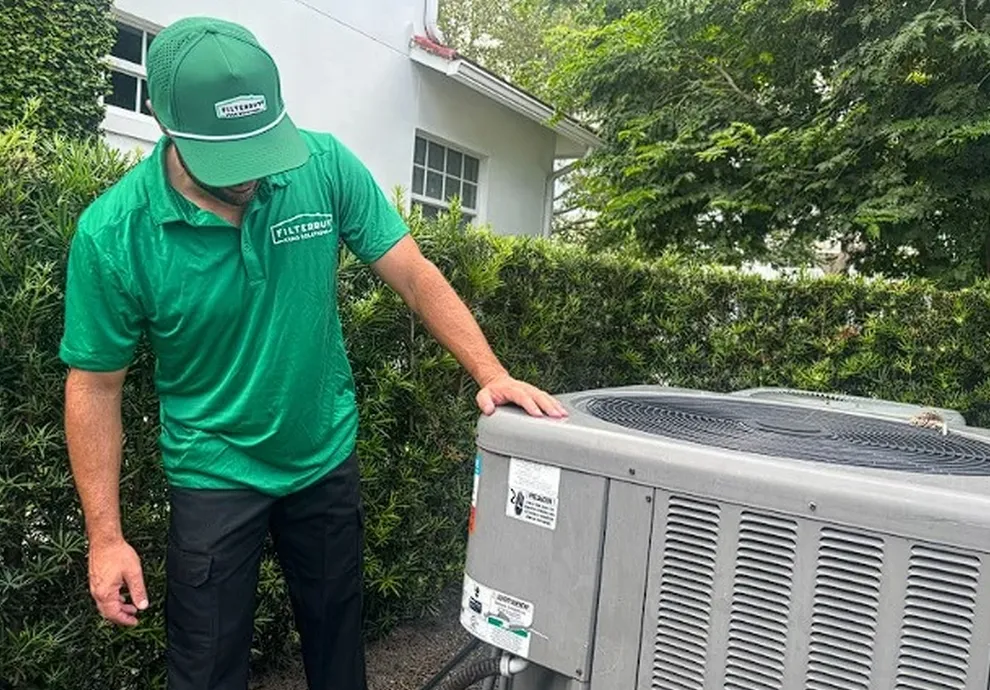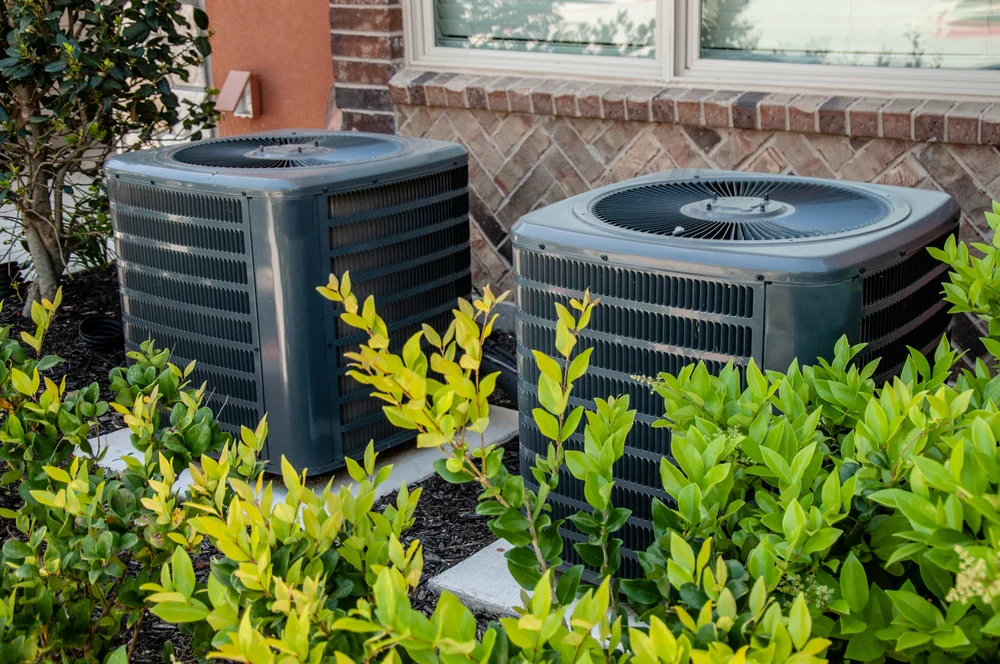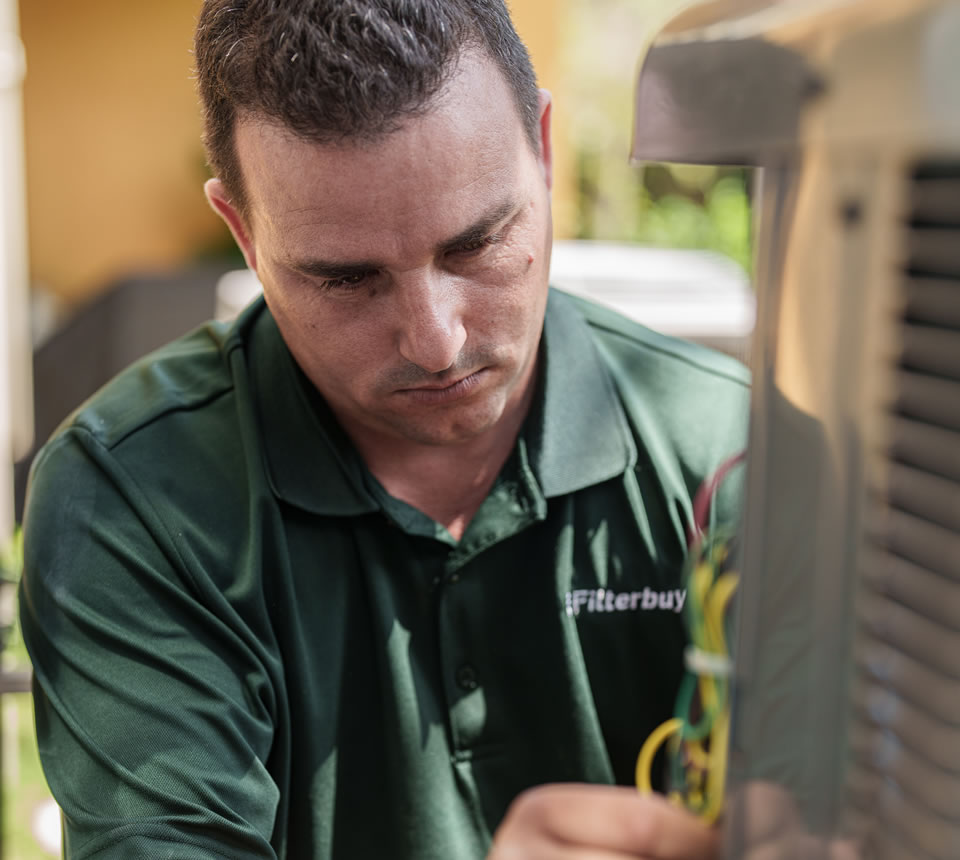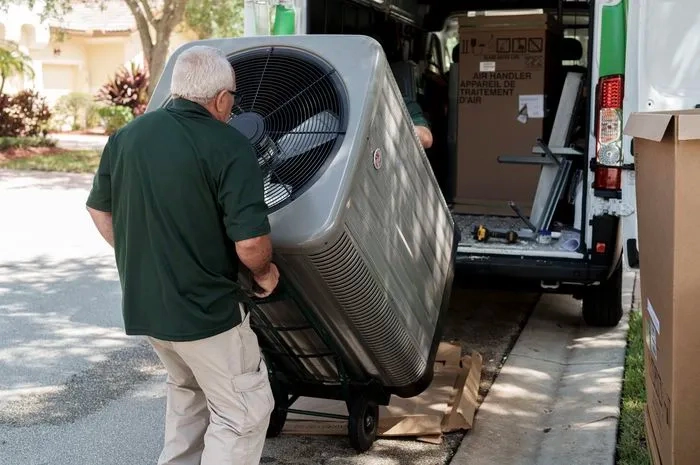HVAC system repair expenses vary as uniquely as autumn leaves swirling in a brisk wind. Numerous factors influence costs—your system’s age and condition, the complexity of the issue, and even your location—all precisely converging to shape the HVAC repair cost estimate.
On average, minor fixes may run between $150 and $450, whereas urgent interventions climb to $300-$600. For extensive component overhauls, brace for a staggering surge ranging from $1,000 to $2,500. Diligent upkeep truly remains the best safeguard against soaring repair costs.
Key Takeaways
- HVAC repair costs weave a tale where skilled labor and premium replacement parts set the stage for every estimate.
- Standard fixes perform a gentle act between $150 and $450, while emergency measures raise the tempo to around $600.
- Replacing key players like compressors ushers in a bold scene, with prices scaling from $1,000 to $2,500.
- Local HVAC artisans reveal the true story behind your system through precise inspections, delivering tailored cost estimates.
- The saga of repair prices unfolds through the interplay of system age, geographic flair, and problem complexity.
Decoding HVAC Systems: The Blueprint of Indoor Comfort
In modern constructions, HVAC systems emerge as intricate marvels where every element—from the steadfast furnace to the brisk air conditioner, coupled with a maze of ducts and vents—forms a unique tapestry of indoor comfort. Mastering these components unlocks the secrets to prolonged efficiency and optimal air quality, each part playing its indispensable role in the symphony of your building’s environment.
A disciplined maintenance routine transforms routine check-ups into a ritual of prevention. Tasks such as filter cleaning or replacement—enhanced by the precision of Filterbuy filters—thermostat fine-tuning and meticulous coil and duct care serve as the backbone against the creeping decline of system performance. Neglect in this arena sets the stage for escalating repairs and avoidable expenditures.
Visualize the HVAC system as a finely tuned orchestra, where every component contributes a vital note to the masterpiece of year-round comfort. When each part harmonizes perfectly, the result is an enduring performance that defies seasonal challenges. Consistent maintenance ensures every element remains in sync, safeguarding your indoor environment against disruptive breakdowns.
Unlocking HVAC Repair Price Secrets
Every HVAC repair cost spins its own tale, beginning with the artisans behind the fix. Skilled technicians—masters in the art of HVAC care—command rates that mirror the complexity of each challenge. Their expertise transforms a routine repair into a finely orchestrated performance, making labor one of the most significant chapters in your repair cost saga.
A twist in the narrative emerges with the availability of parts. Some systems rely on rare, proprietary components that drive repair expenses upward, while elusive parts can delay the resolution and add layers of labor. In this unfolding drama, trusted solutions like Filterbuy filters play a quiet yet vital role in maintaining system harmony and reducing unexpected cost surges.
The story deepens as the system ages and the local climate adds its own chapters. Older systems demand frequent interventions, and regions with harsh weather accelerate wear, pushing maintenance needs—and costs—to new heights. Unraveling these factors equips homeowners with the insight needed to navigate HVAC repair costs with confidence and foresight.
Charting the HVAC Repair Journey
Homeowners often set out on a quest to restore their HVAC systems, where unexpected breakdowns call for swift action and a higher repair price. In these critical moments, the cost narrative shifts dramatically, urging a closer look at the investment needed for a quick turnaround.
Repair fees ebb and flow with the challenge at hand. For guidance, explore these typical cost chapters:
- Routine fixes—like thermostat tweaks or minor part updates—usually unfold between $150 and $450.
- When urgency demands rapid intervention, expenses often climb into the $300 to $600 range.
- Replacing major components, such as a compressor overhaul, writes a pricier chapter ranging from $1,000 to $2,500.
- Preventive seasonal maintenance, enhanced by dependable essentials like Filterbuy filters, typically scripts an expense between $75 and $200.
Keep in mind, these figures outline a general journey; actual costs vary with your system’s unique story and the expertise of your chosen HVAC professionals.
Your HVAC Repair Cost Compass
Embarking on the quest for precise HVAC repair estimates begins with connecting to local experts. Share the unique story of your system’s challenges, and these artisans craft a tailored cost blueprint that reflects every nuance of your equipment’s needs.
At the core of this process lies a meticulous assessment. Certified technicians dissect your HVAC setup with precision—evaluating labor, specialized replacement parts, and other essential charges. Their detailed inspection often highlights opportunities to boost system efficiency, including upgrades like Filterbuy filters that enhance performance and longevity.
Online tools offer broad cost figures derived from regional averages and generic repair categories. However, these digital snapshots serve only as waypoints. Authentic accuracy comes through a hands-on evaluation by trusted local HVAC professionals, ensuring each estimate fits your system’s true narrative.
Mastering Affordable HVAC Repairs
Many homeowners encounter unexpected repair bills, yet a savvy approach transforms these challenges into opportunities for lasting efficiency—a proactive routine safeguards your HVAC system, curbing repair expenses while preserving optimal performance.
Regular DIY maintenance becomes the heartbeat of your system’s longevity. Routine cleaning, timely filter swaps enhanced by trusted Filterbuy filters, and systematic inspections form a prelude to substantial savings. Seasonal check-ups before extreme weather catch subtle issues before they escalate.
Keep these cost-saving commandments in mind:
- Embrace consistent DIY care to extend your system’s lifespan.
- Schedule seasonal inspections to intercept early warning signs.
- Secure a maintenance contract with a reputable HVAC expert.
- Upgrade to an energy-efficient model when recurring repairs become the norm.
Crafting a tailored maintenance plan writes your HVAC’s success story, ensuring every component performs with precision while expenses stay manageable. Vigilance and timely intervention transform repair challenges into a narrative of enduring comfort and smart savings.
Frequently Asked Questions
Why are HVAC repairs so expensive?
HVAC repairs can be costly due to investments in energy-efficient upgrades, advanced diagnostic tools, and skilled labor. However, proper installation and robust warranty coverage help minimize overall expenses.
What is considered a major repair in HVAC?
Major repairs include compressor replacements, extensive ductwork fixes, and addressing severe refrigerant leaks. Early detection of these issues can save money and extend your system’s lifespan.
What is the most expensive part of an HVAC system?
The compressor is typically the priciest component. It circulates refrigerant to balance temperature, and its complexity and specialized materials drive up repair costs.
How much does it cost to fix a leaking air handler?
Repair costs vary by severity and affected components. Minor leaks generally run between $200 and $600, while a full unit replacement can be significantly more expensive.
What is the typical cost to replace an HVAC system?
Replacement costs depend on factors like energy efficiency and installation complexity. Energy-efficient systems may have higher upfront prices but offer long-term savings, and installation specifics such as location can also affect the total cost.
What is the average lifespan of an HVAC system?
Under ideal conditions, an HVAC system typically lasts 15 to 20 years, though various factors can influence its longevity.
What is the number one problem with HVAC systems?
Common issues include thermostat malfunctions, filter wear, and seasonal breakdowns, all of which can impact system performance.
How often should you replace your HVAC?
Frequent repairs, rising energy bills, and inconsistent indoor temperatures signal that it might be time to replace your HVAC system. Regular professional inspections can catch these issues early and may extend the system’s life.
What is the failure rate of HVAC systems?
While failure rates vary, systems that are professionally installed and well-maintained can last between 15 and 25 years. Nonetheless, manufacturing defects or extreme weather conditions can lead to premature failures.
Is HVAC maintenance expensive?
Maintenance costs depend on the system’s age, size, and model. Regular preventative maintenance can reduce long-term expenses by catching issues early.
What happens if the HVAC fails?
An HVAC failure can lead to urgent repairs or a complete system replacement, resulting in significant and unexpected expenses.
Are HVAC system prices going up?
Yes, rising raw material costs are pushing up HVAC prices. However, the long-term energy savings and increasing demand for eco-friendly, energy-efficient systems can help offset the initial investment.






